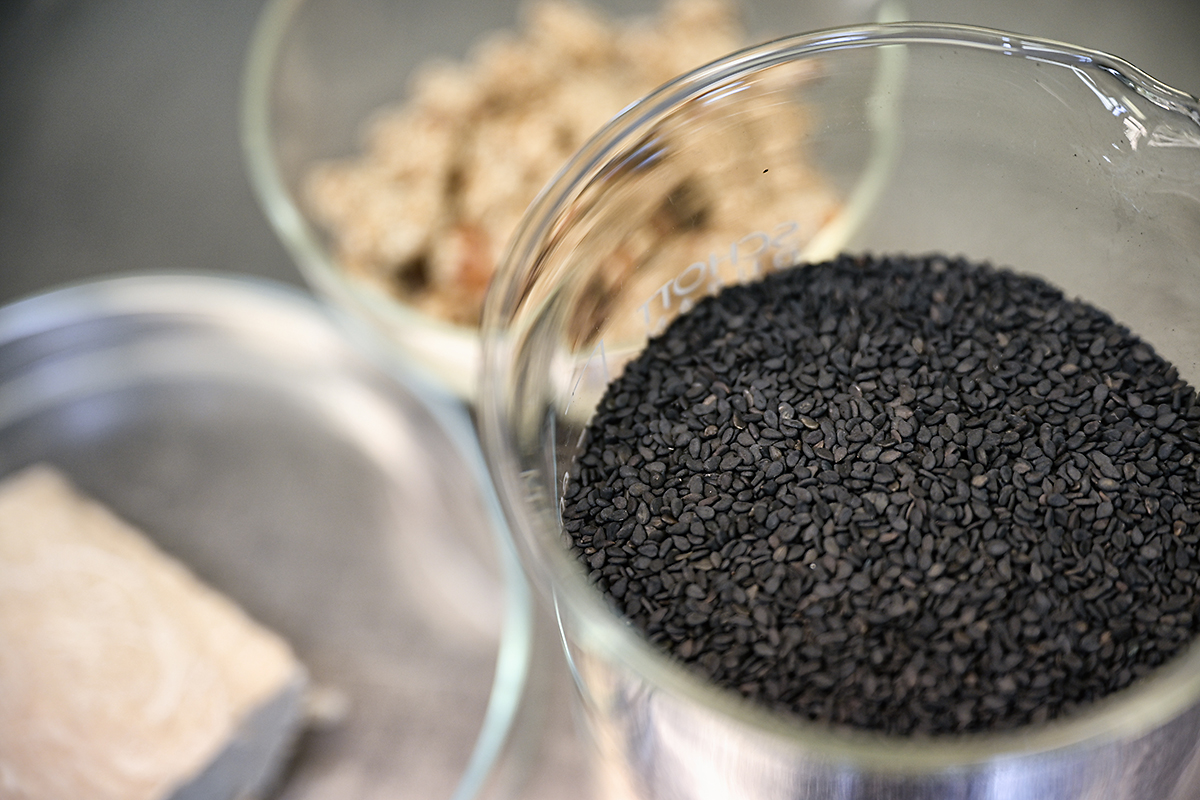Finnish Customs detected prohibited ethylene oxide in several foodstuffs
From the end of last year, the foodstuff controls by Customs detected ethylene oxide in several foodstuffs. The detection of the substance, which is harmful to health, increased in the EU area in 2020 after which Finnish Customs also began monitoring the concentrations in imported foodstuffs. During monitoring, ethylene oxide was found in five lots of seeds and nut products. In future, the monitoring will be even more efficient, when the Customs Laboratory’s own examination method is completed.
Of foodstuff samples monitored by Customs at the end of 2020 and beginning of 2021, five contained ethylene oxide, which is a biocide that is harmful to health and prohibited in the EU.
– Ethylene oxide was found in sesame seeds, nut products containing sesame seeds as well as in ecological psyllium powder. Even though the quantities found were not especially large in relation to the monitored product lots, the observations show the importance of monitoring, says Jonna Neffling, Head of Product Safety at Finnish Customs.

Ethylene oxide should not occur in foodstuffs at all, since it can cause serious health problems when they are used long-term. It is classified as a dangerous substance, which causes cancer as well as cell mutations and is toxic for reproduction. However, in some parts of the world, ethylene oxide is used as a biocide, for example when sterilizing seeds and spices. Using it for this purpose is prohibited in the EU.
Part of the foodstuffs examined by Customs that contained ethylene oxide came from the EU area; some from outside the EU. To date, Customs has examined 30 different product lots for ethylene oxide. The monitoring has been targeted based on observations by other Member States among others.
Increase in observations has caused concern in the EU since last year
In the autumn of 2020, several EU countries observed worryingly high concentrations of ethylene oxide in sesame seeds imported from India. Since then, the substance has been found in several other foodstuffs, such as spices and food supplements. With the increase in observations, even more attention has been paid to monitoring, and methods of analysis have been developed in many EU countries.
– At Customs, the monitoring of ethylene oxides in foodstuffs began at the end of the year 2020. We monitor both foodstuffs declared from outside the EU and foodstuffs that arrive in intra-EU trade. These foodstuffs are chosen for controls based on risk assessment. The monitoring is done within the framework of normal foodstuff controls, Neffling says.
In future, the monitoring of ethylene oxide will improve, when the Customs Laboratory’s own examination method under development is completed.
– The Customs Laboratory has examined ethylene oxide in the past, but when the need for monitoring decreased, the examinations were abandoned approximately twenty years ago. The recent findings show that there is again a need for monitoring. With our own method, we can enhance the monitoring further. This gives us better possibilities to facilitate food safety and prevent harmful substances ending up on the consumers’ plates, Pirjo Sainio the Director of the Customs Laboratory concludes.
Read more:
The food and consumer goods control of Customs
Product safety examinations of foodstuffs by the Customs Laboratory
Information about ethylene oxide on the Finnish Food Authority website (in Finnish and Swedish)